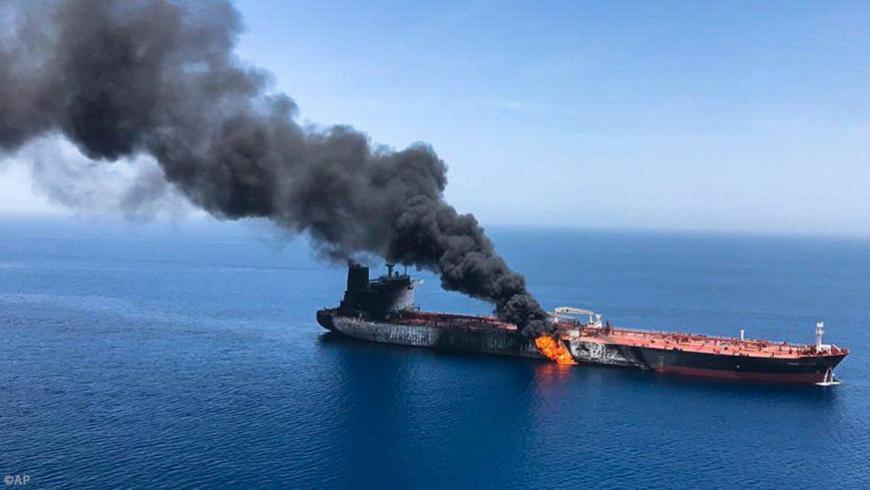A leaked document from the Ministry of Foreign Affairs in the Syrian regime’s government, obtained by Syria TV, revealed the existence of a credit line under the name “private” dedicated to supplying the Republican Palace with fuel separately from the country’s needs. The document also revealed the details of the management of credit lines between the Assad regime and Iran, which began in 2013, less than a year after its military intervention on the side of the regime forces in suppressing the revolution.
Syria TV will show, during the program Syria Today, which is broadcast at eight o’clock Damascus time, the details of the document and who is behind the energy crisis that Syria is experiencing– which has been described as the worst since World War II.
The document, which summarizes the meeting of the regime’s ambassador in Tehran, Shafik Diop, with the commander of the Quds Force in charge of external operations in the Islamic Revolutionary Guard Corps (IRGC), where credit lines were discussed, especially those related to the Iranian oil issue, which Iran has been supplying to the regime since 2013.
The meeting, which took place in May 2021, included the regime’s ambassador, Diop, asking Esmail Qaani to increase the quantities of Iranian oil from one million to two million barrels per month. Qaani promised, according to the document, to discuss with what the document described as “higher authorities” to implement the required, as well as adding wheat to the oil credit line instead of the commodity line.
The regime and Iran have an extended relationship across credit lines on several levels. The first credit line between the two sides was in 2013 worth $1 billion, followed by another in 2014 worth $3 billion to finance the needs of oil and its derivatives, and another line was added that began in 2015 and was worth $1 billion to import goods and commodities and implement projects.
During Bashar al-Assad’s last visit to Tehran, in May 2022, he requested the opening of a new pipeline to import energy and other essential materials to fill the shortage of those materials.
According to the document obtained by Syria TV, Qaani asked the Assad regime to activate the landline between Iran, Iraq, and Syria. He pointed to difficulties on the Iraqi side as a result of US pressure.
The areas controlled by the Syrian regime are witnessing an economic crisis that is increasing day by day, amid the failure of regime institutions to secure the daily necessities of citizens such as electricity, transportation, and heating as temperatures drop to lower levels in December.
With the onset of winter, the fuel crisis increased in Damascus and the rest of the governorates under the control of the regime. It paralyzed the movement of transportation and public transport, especially in the capital and its suburbs, in addition to the ongoing service and living crises without any significant improvement.
This article was translated and edited by The Syrian Observer. The Syrian Observer has not verified the content of this story. Responsibility for the information and views set out in this article lies entirely with the author.


